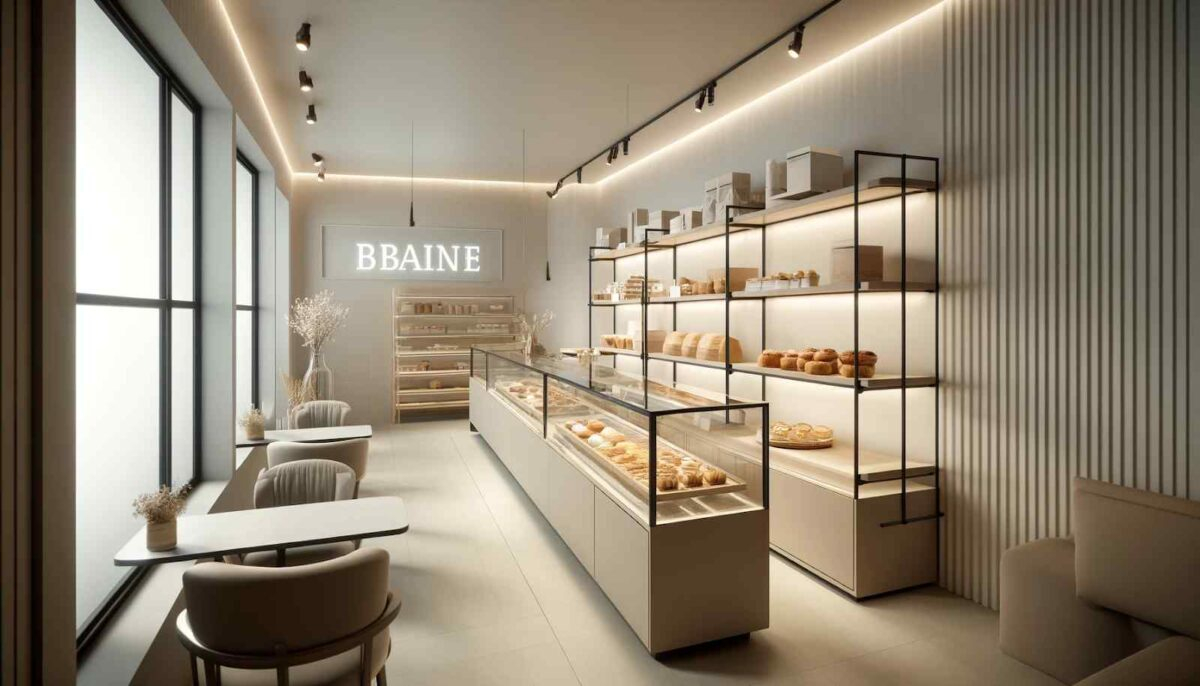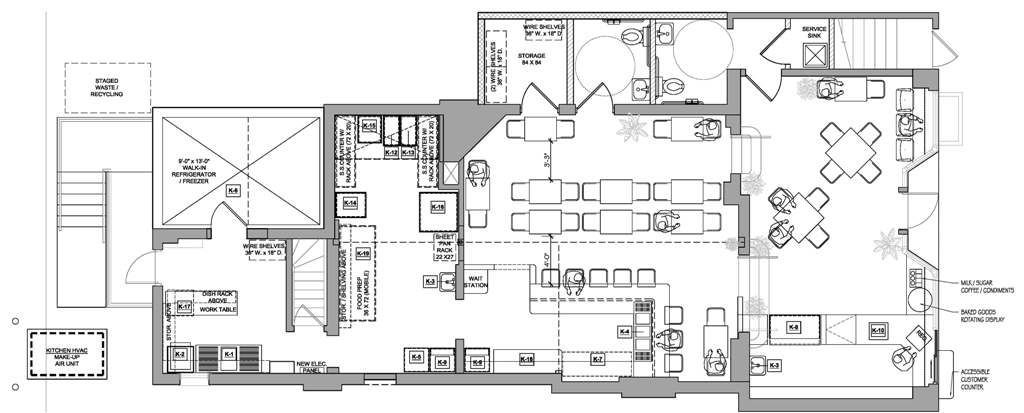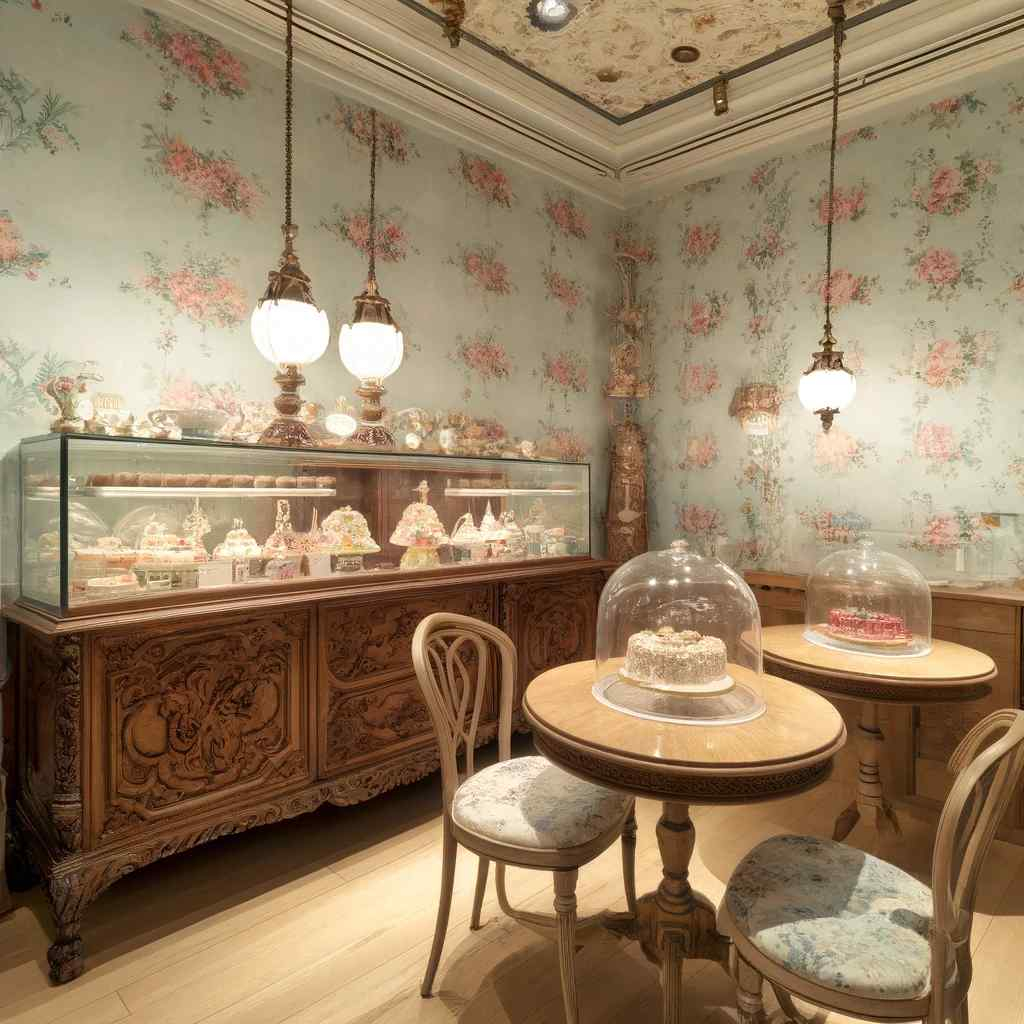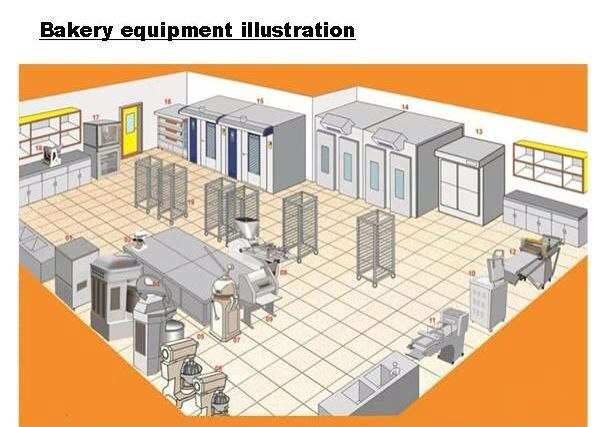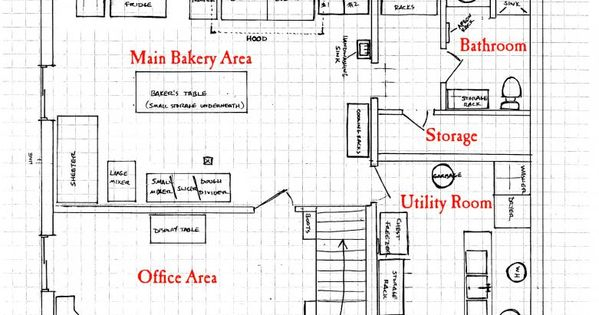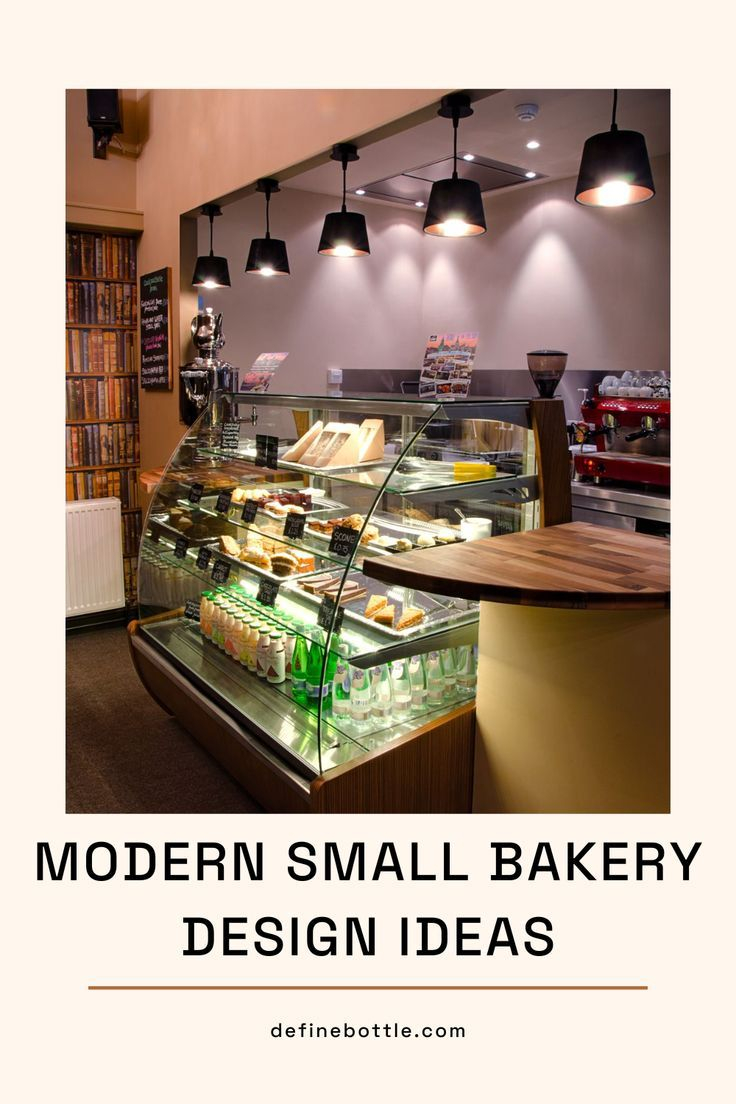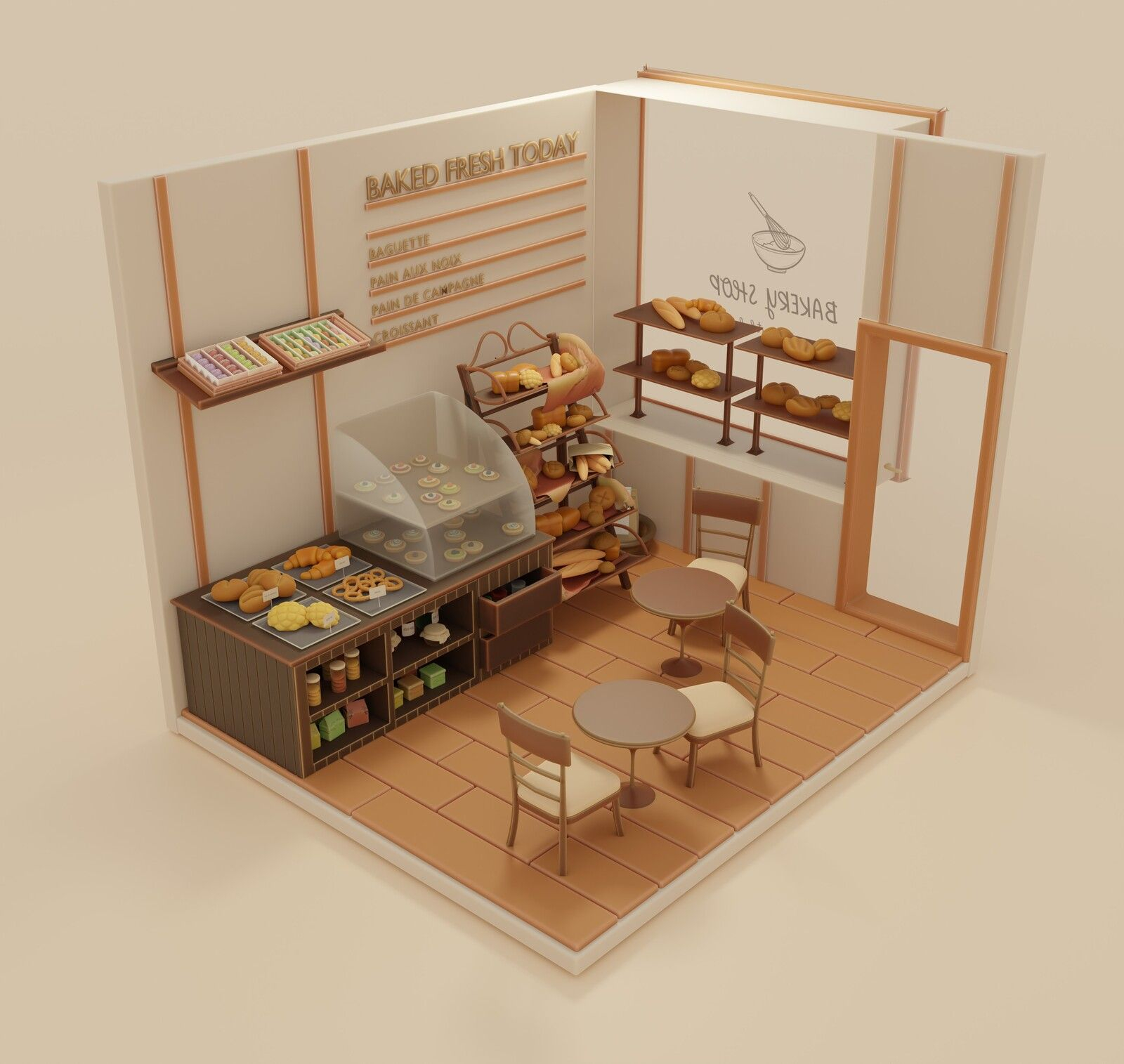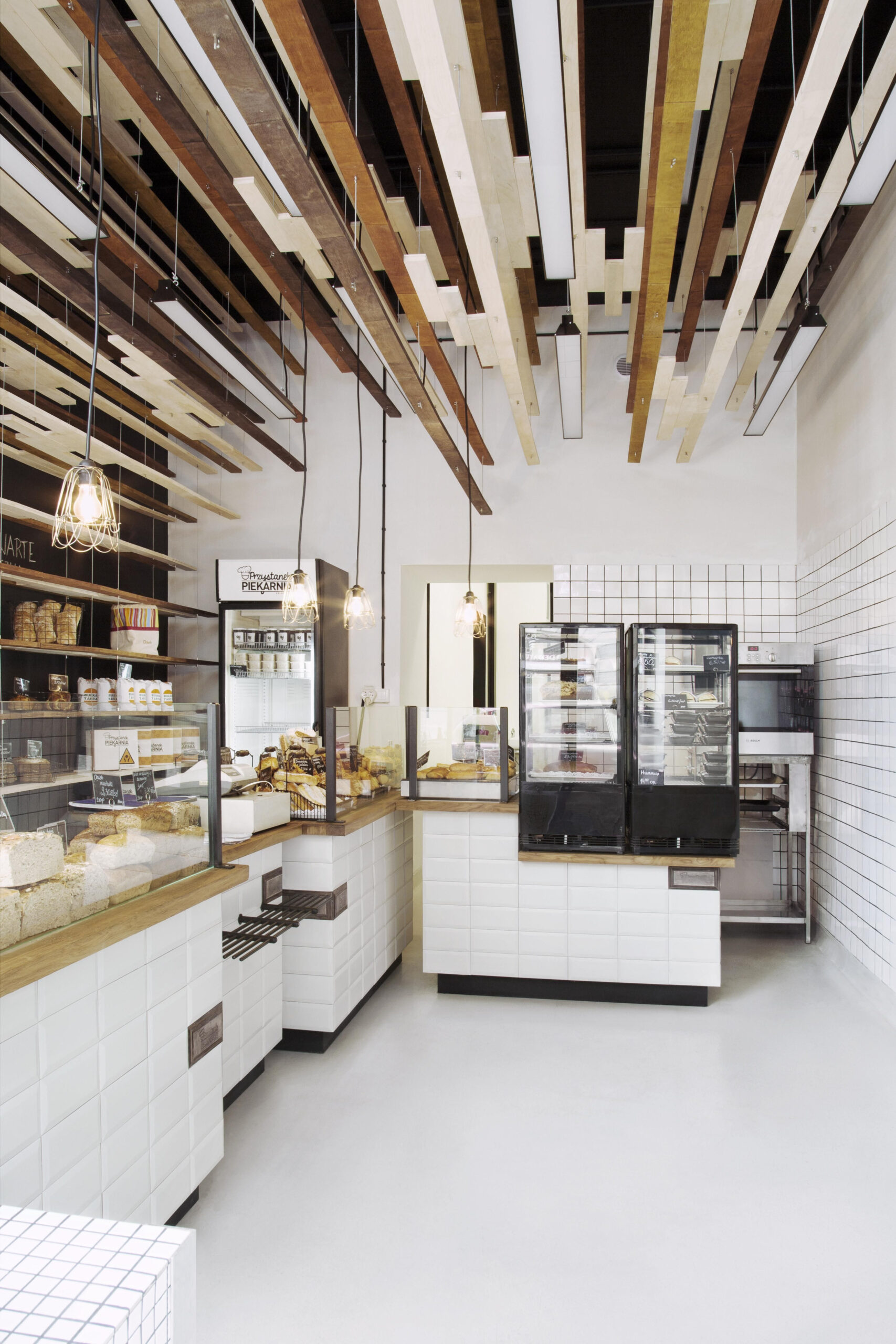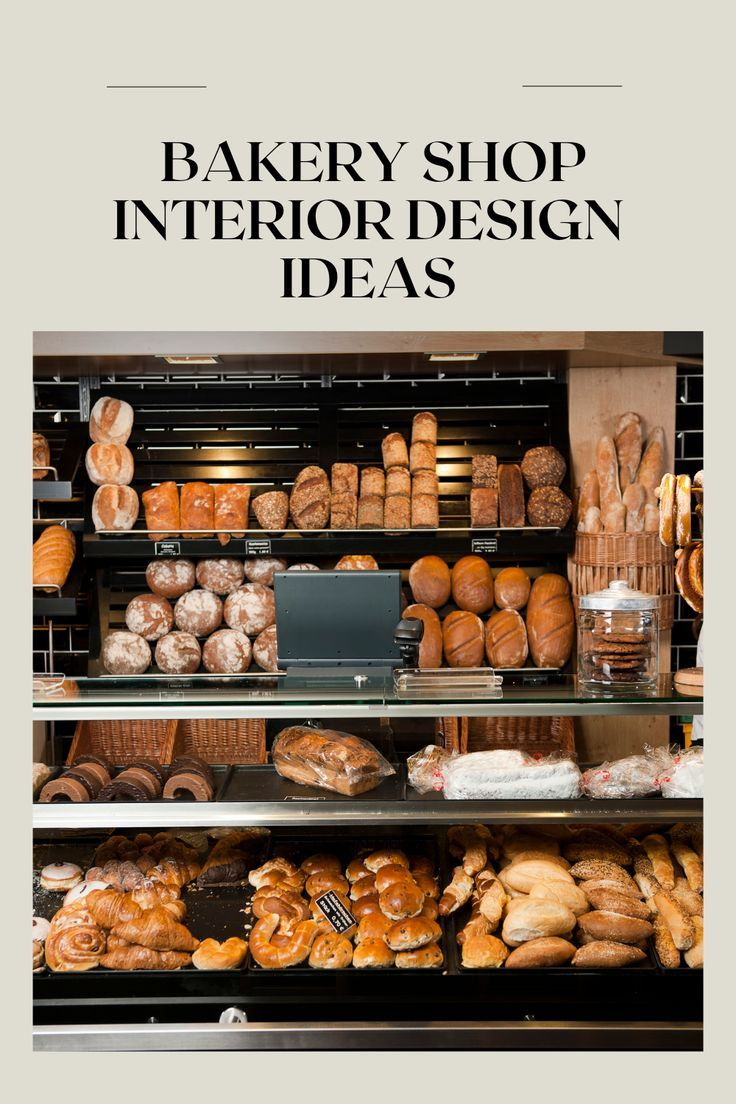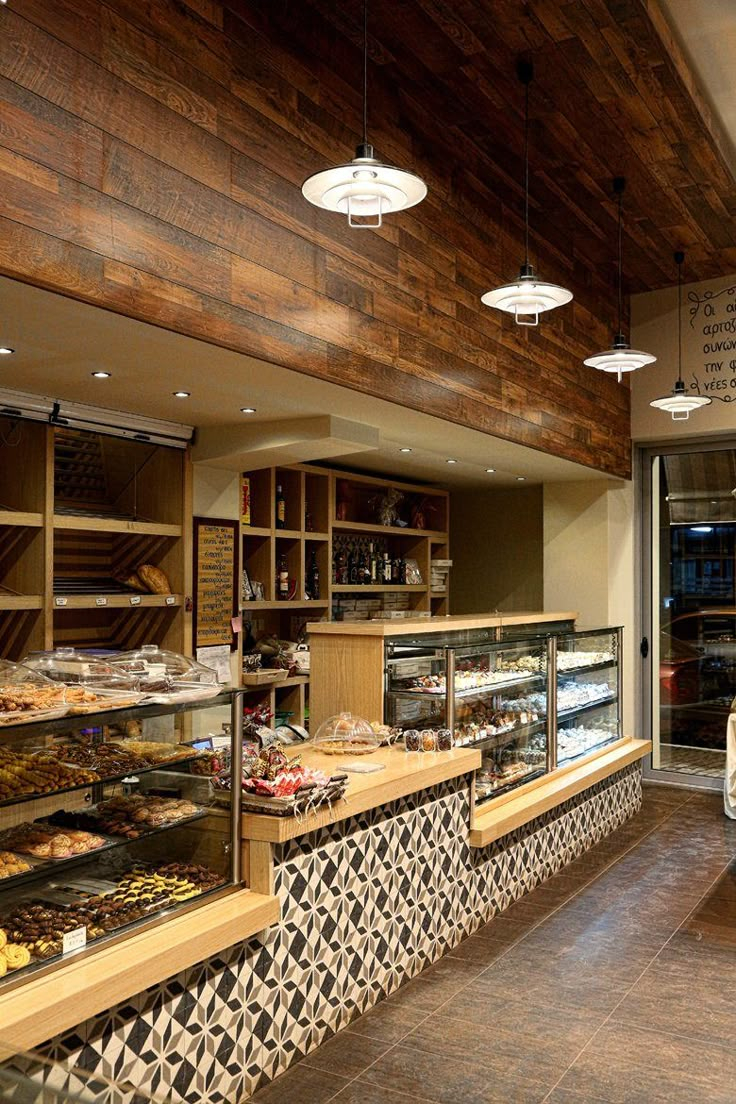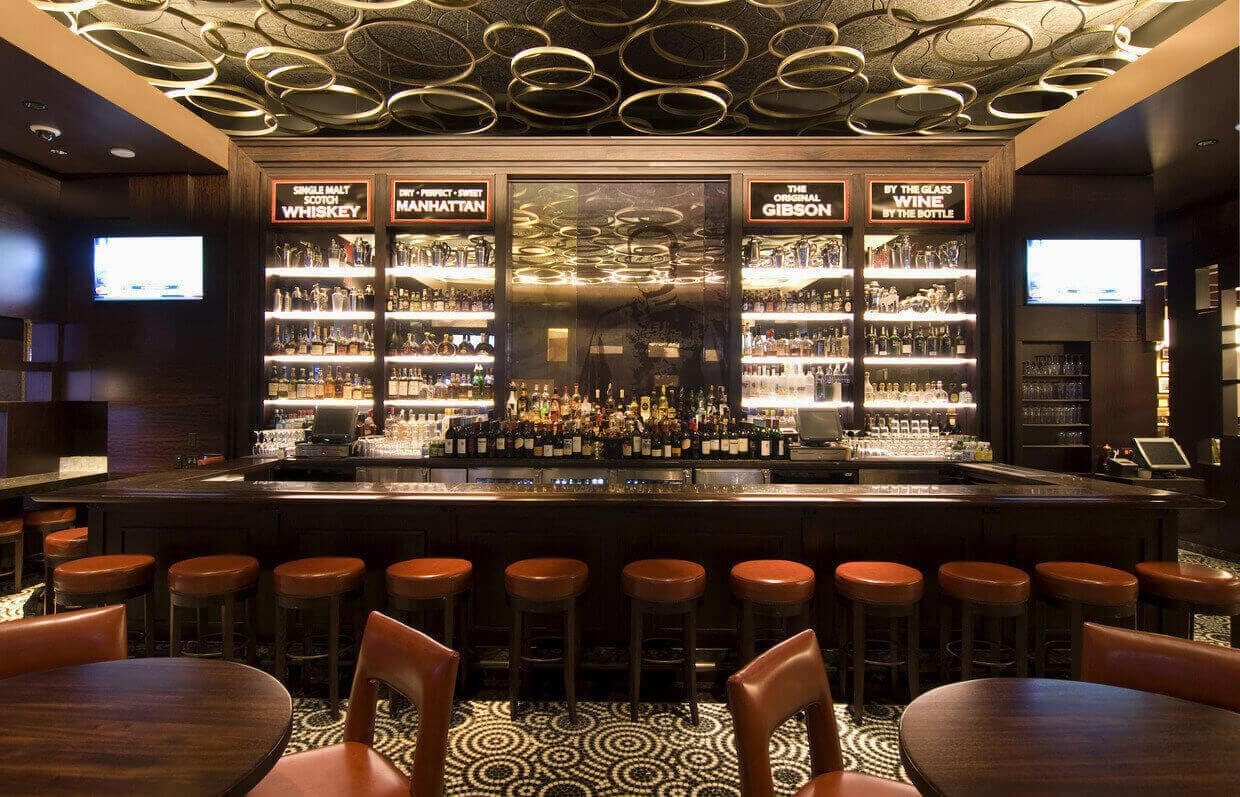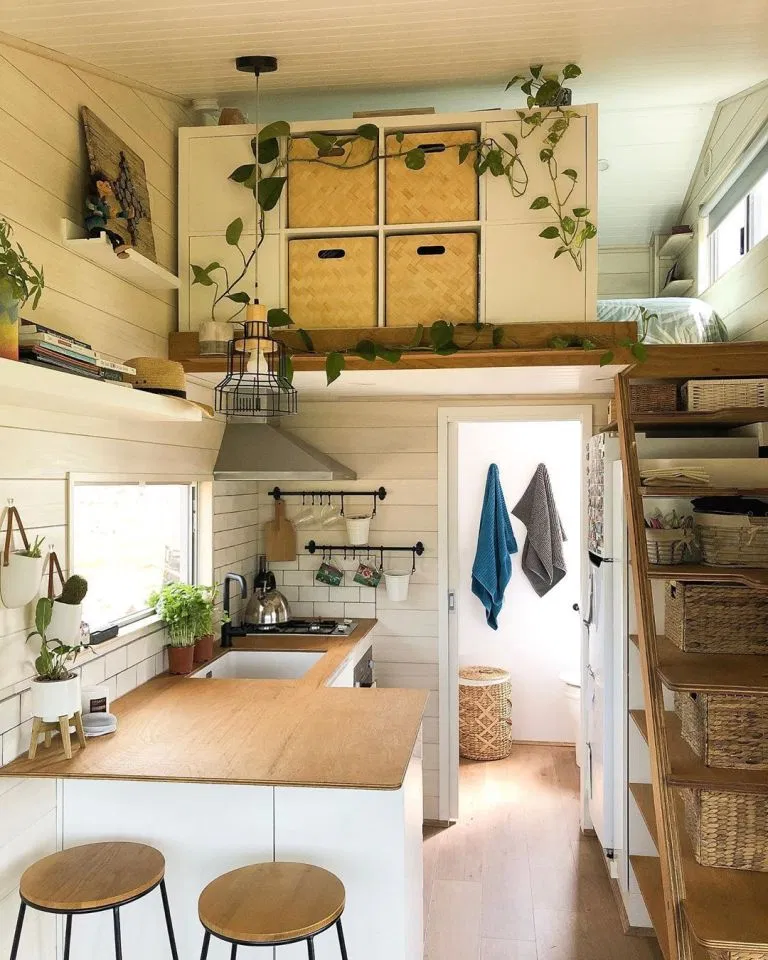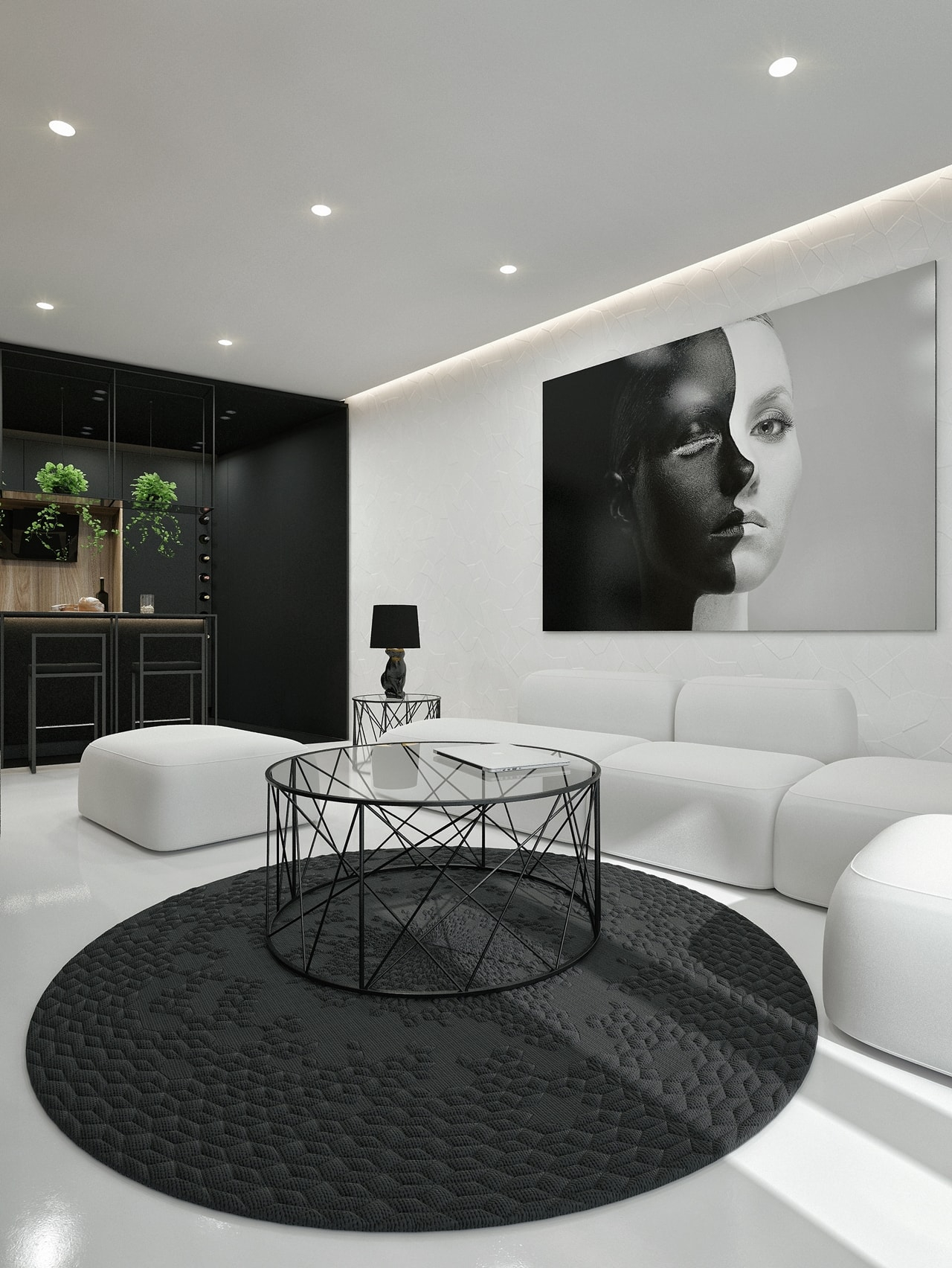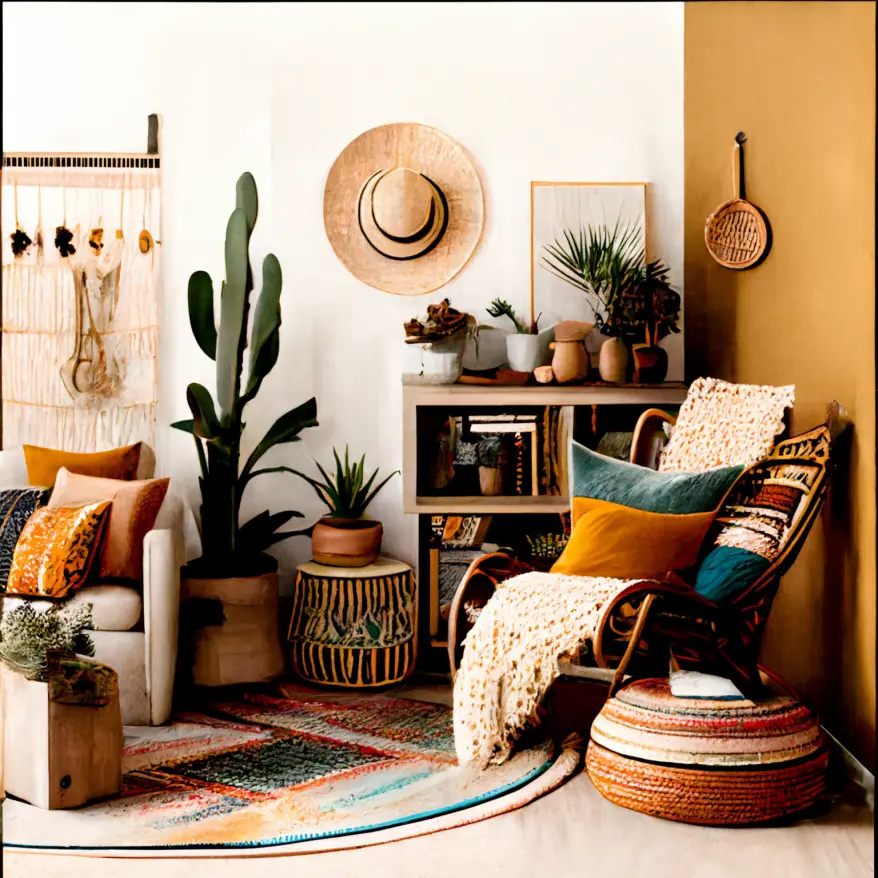Opening a small bakery is often a labor of love, fueled by passion for delicious creations and a desire to bring joy to your community. But let’s be honest, a beautiful storefront and mouth-watering displays are only part of the equation. If your kitchen is a cramped, inefficient mess, that passion can quickly turn into frustration. We’re going to dive deep into how to design a small bakery that not only looks fantastic but also functions like a well-oiled machine, helping you bake more, sell more, and stress less.
You’ve probably spent hours dreaming up the perfect aesthetic for your bakery – the charming signage, the cozy seating, the way your pastries will be presented. That’s all important, absolutely. But have you thought about where the flour will be stored? How your bakers will move between the mixer and the oven without bumping into each other? Or where the dirty dishes will go? These aren’t glamorous questions, but they are crucial. A small bakery’s success hinges on its ability to operate smoothly, and that starts with smart design. It’s about creating a space that supports your workflow, not hinders it. We need to think beyond just how things look and focus on how they work.
1. The Blueprint for Efficiency: Layout and Workflow
Think of your bakery’s layout as the circulatory system for your business. Everything needs to flow logically. Start by mapping out your key work zones: prep, mixing, baking, finishing/decorating, and serving. Ideally, these zones should be arranged in a sequence that mirrors the production process. You don’t want your bakers backtracking or creating bottlenecks. For instance, the area where you mix dough should be relatively close to the ovens, and the finishing station should be near the display cases.
Consider the ‘work triangle’ concept, often used in kitchens, but adapt it for a bakery. What are your most frequent movements? Where are your most essential pieces of equipment? Ensure easy access and ample clearance. Even a few extra inches can make a huge difference when you’re juggling hot pans and delicate decorations. Think about storage too – where will ingredients, tools, and packaging live? Accessible storage close to where items are used is a game-changer. A well-planned layout minimizes wasted steps and energy, allowing your team to be more productive and less fatigued. It’s about smart spatial planning, really.
2. Kitchen Choreography: Optimizing Your Back-of-House
The kitchen is where the magic happens, but it can also be a source of constant headaches if it’s not designed with workflow in mind. Vertical space is your best friend in a small bakery. Utilize wall-mounted shelving for ingredients and equipment to keep countertops clear. Think about mobile workstations or rolling carts that can be moved as needed – a prep table on wheels can be a lifesaver.
When it comes to equipment, choose pieces that are appropriately sized for your volume and space. A giant industrial mixer might be overkill if you’re primarily making cupcakes, and it will just take up valuable floor space. Conversely, don’t skimp on essential appliances. Invest in reliable ovens, mixers, and refrigerators that can handle the demands of daily operation. Consider the placement of sinks – you’ll need separate ones for handwashing, dishwashing, and potentially produce preparation to maintain hygiene standards. Proper ventilation is also non-negotiable. Good airflow keeps your bakers comfortable and removes steam and odors, creating a more pleasant working environment. It’s a delicate balance, finding what fits and what functions best.
3. The Front-of-House Dance: Service and Sales
Your front-of-house is your customer’s first impression, and it needs to be both inviting and efficient. The counter and display area should be designed for smooth customer flow. If possible, create separate areas for ordering and pickup to avoid congestion, especially during peak times. Your display cases are prime real estate; ensure they are well-lit and showcase your products attractively.
Think about the customer journey. Where will they queue? Where will they pay? Where will they collect their items? Clear signage and logical placement of these elements make the experience pleasant. Consider the space needed for a small seating area if that’s part of your plan, but don’t let it impede the flow of traffic. Even in a small space, thoughtful design can make customers feel welcomed and encourage them to linger (and buy more!). It’s about creating an experience, not just a transaction. Remember that the space needs to be easy to clean and maintain, too.
4. Smart Storage Solutions: Taming the Clutter
In a small bakery, storage is everything. Without a strategic plan, your beautiful bakery can quickly become a chaotic jumble of ingredients, tools, and packaging. Think ‘a place for everything, and everything in its place.’ This means dedicated spots for dry goods, refrigerated items, frozen goods, baking pans, decorating supplies, and front-of-house packaging.
Utilize every inch of available space. Shelving units, both wall-mounted and freestanding, are essential. Consider under-counter storage, overhead cabinets, and even rolling carts that can be tucked away. For ingredients, organized bins and clear labeling are key to inventory management and preventing spoilage. Don’t forget about cleaning supplies – they need their own designated, accessible area. Good storage isn’t just about tidiness; it’s about efficiency. When you can find what you need quickly, you save time and reduce stress. It’s amazing how much difference a little organization can make.
5. Equipment That Works FOR You
Choosing the right equipment is critical for both function and your bottom line. When space is limited, multi-functional equipment can be a lifesaver. For example, a combi oven can bake, roast, and steam, potentially replacing several single-purpose appliances. Look for compact, commercial-grade equipment designed for smaller spaces.
Consider energy efficiency too; it can significantly impact your operating costs over time. Read reviews and talk to other bakery owners about their experiences with different brands and models. Don’t be afraid to invest in quality pieces that will last. A breakdown during a busy Saturday morning can be disastrous. Think about the maintenance requirements of your equipment as well. Easy access for cleaning and repairs is a design consideration that often gets overlooked. Prioritizing durable, efficient, and appropriately sized equipment will pay dividends in the long run.
6. Lighting and Ambiance: The Finishing Touches
While function is paramount, aesthetics still play a vital role in creating a welcoming atmosphere. Lighting is a powerful tool here. Use task lighting in the kitchen for clear visibility during prep and baking. In the customer area, layer your lighting – ambient light for overall warmth, accent lighting to highlight your products, and perhaps task lighting near the counter. Natural light is always a bonus if you can incorporate it.
The colors and materials you choose also contribute to the overall feel. Warm, natural tones can create a cozy, inviting space, while brighter colors might convey energy and fun. Durability is also key; choose materials that can withstand the high-traffic, high-moisture environment of a bakery. Think about flooring that’s easy to clean and slip-resistant. Even small details like comfortable seating and a well-placed plant can elevate the customer experience. It’s about creating a cohesive environment where both your team and your customers feel good.
Designing a small bakery is a complex puzzle, but by prioritizing function and workflow from the outset, you’re setting yourself up for success. It’s about making smart choices regarding layout, equipment, storage, and customer flow, all within the constraints of a smaller footprint. Remember, a well-designed bakery isn’t just a beautiful space; it’s an efficient workspace that supports your team, delights your customers, and ultimately drives profitability. By thinking through these practical elements, you can create a bakery that not only looks good but truly works – allowing your passion and delicious creations to shine. Happy baking, and even happier designing.

